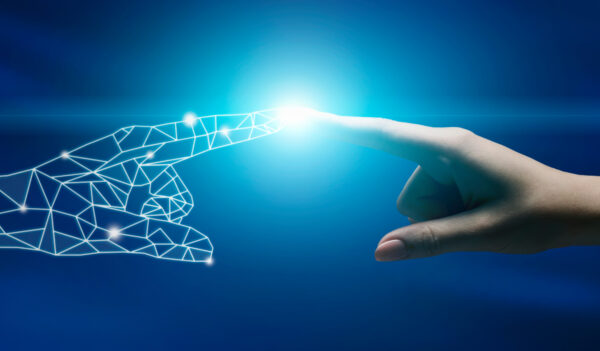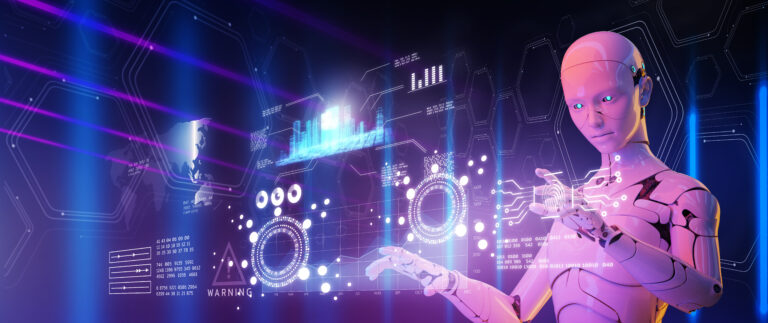Depending on who you listen to, artificial intelligence (AI) is threatening to replace us all or will revolutionize the way we live for the better. But what does it mean for artists right now?
What is AI?
Artificial intelligence is a machine’s ability to perform the cognitive functions of thinking we usually associate with human minds. In other words, it is software that can reason, learn, interact with an environment, problem solve and (seemingly) exercise creativity. It is this last bit in particular that has artists frowning. If AI can learn what people like about art, it can reproduce it and put them out of work.
You’ve probably interacted with AI without realizing it. Voice assistants like Siri and Alexa are founded on AI technology. And those pop-up customer service chatbots on websites are also AI-based.
Why is everyone suddenly talking about AI?
It’s a fascinating subject and whose impact is becoming more and more ingrained in our daily lives. Primed for conspiracy theories, ideal for creating bizarre memes and a fruitful conversation starter, AI affects all of us. Currently, governments have begun to look at how to legislate it, while the “fors” and “againsts” seem to be ramping up their campaigns.

Can AI create art?
Artificial intelligence is already creating art. AI image generator Dall-E 2 (fittingly named after surrealist Salvador Dali) can take any bizarre combination you like and make an image out of it (a sea otter in the style of Vermeer’s Girl with a Pearl Earring, anyone?) More text-to-image AI software has followed with Midjourney and Stable Diffusion. The magazine Cosmopolitan has produced the first AI-generated cover in November 2022. But is it art?
AI has the potential to absorb far more art history than your average art school undergraduate. It can learn the styles and techniques of artists throughout art history and translate them into an approximation artwork.
In the same way, AI has been tested on its ability to create a symphony, write a novel or create an Oscar-contending script. The critics’ view is that while the work is recognizable as music, or writing or the image of a human body, it’s not quite up to human standards. But it learns, so does that mean it will get better?
Can you tell the difference?
Already, critics and artists are being put through their paces in spotting the difference. An article in the Guardian entitled Is this by Rothko or a robot? presented to experts a series of artworks that were created by AI. The result? The scores were around 50-50 with Impressionism seeming to be the hardest for AI to copy.
Will AI art replace human-generated art?
Generally, the overall feeling within the art world is no (with differing levels of outrage). How can you put a paintbrush in the hands of a machine? For many artists, the work only begins to reveal itself during the process. How can AI do the same thing when it needs clear instructions before it starts?
Even with digital art or 3D-printed sculpture, the human hand is far from invisible. But it is different. Perhaps that’s the real test. Like a painter having a go with acrylic paints instead of tempera, learning to use new technologies might become part of an artist’s arsenal of mediums. And at the end of the day, someone somewhere is choosing what information to give the machine to learn and create from.
Final thoughts on AI for artists
While we can copy the great masters, there is controversy about AI raiding the work of contemporary artists to add to their learning syllabus. Stable Diffusion reportedly used 5.8 billion images during its training and can now generate photorealistic images from any text it is given. So AI is still controlled by whoever inputs the text.
This element has caught the attention of artist collectives embracing the possibilities of AI. But for the moment, at least, AI imagery is proving far more popular for creating memes and populating business visuals than adorning art gallery walls.






